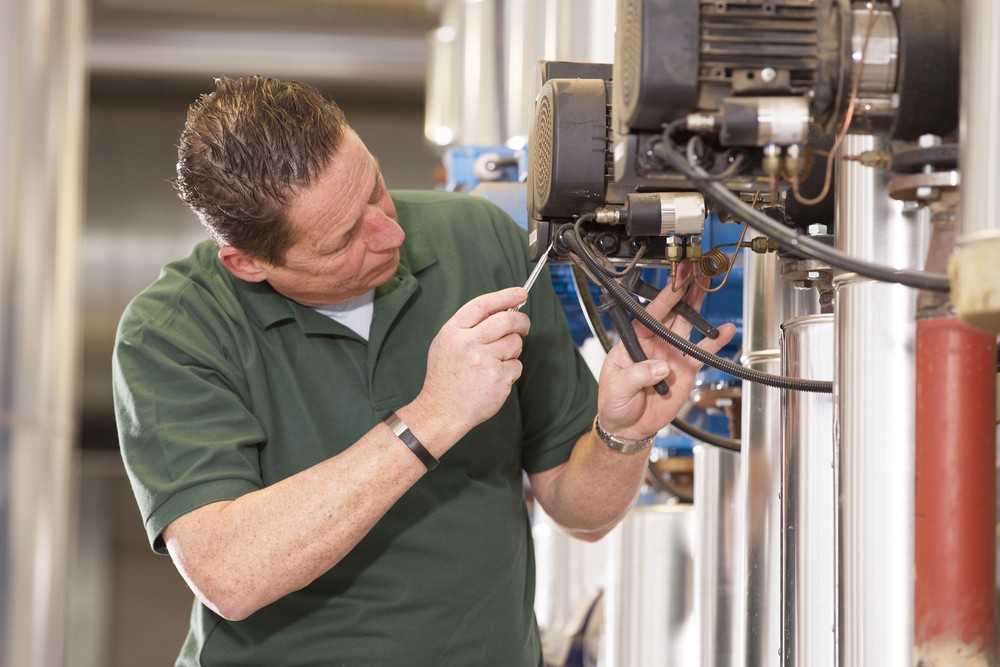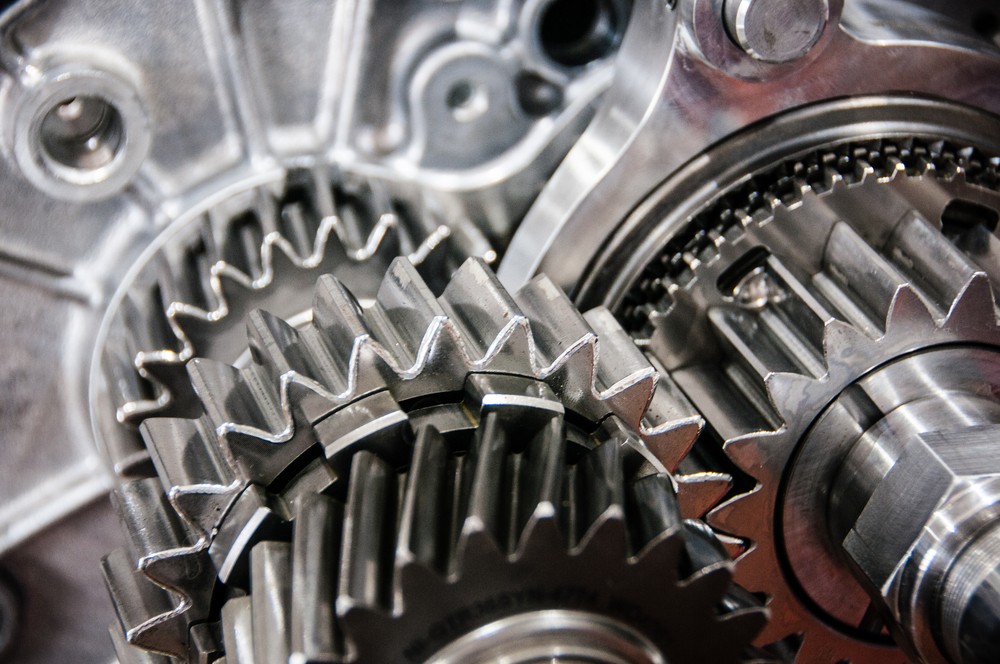OEM Maintenance vs. Third-Party Maintenance: Pros and Cons of Both

Some manufacturers prefer to keep everything in-house so they have total control over every facet of operations. For small-to-medium-sized factories, this just isn’t cost efficient. One of the simplest ways to cut costs is to staff only routine service technicians and leave the major repairs and maintenance for someone else. But this brings up a big question. Do you entrust your equipment to an original equipment manufacturer (OEM) or choose to outsource service to a third-party maintenance (TPM) team? There are pros and cons to both, and understanding both options will help your company make the right decision for your needs.
The pros and cons of OEM
OEM maintenance is often the default. When you buy a piece of equipment or machinery from an OEM, it generally comes with a service program attached to it. Many OEMs even offer free or discounted maintenance service on new purchases. As a result, manufacturers get a reliable source of service and maintenance on their new capital investments. That’s one of the biggest positives — factory service from a technician who knows your machine inside and out.
Another major benefit of OEM service is the guarantee. OEM service technicians will use OEM parts and components, which align with any warranty standards that accompanied your equipment. You don’t need to worry about navigating the complicated field of aftermarket components or denial of warranty claims due to inferior parts. OEMs provide service that aligns with their warranty standards. An OEM also will have a track record of service that demonstrates your preference for their service.
The drawbacks of OEM service are cost and inflexibility. Typically, OEM service is expensive because much of the risk mitigation is built into the price. You’re also confined to whatever parts and procedures the OEM uses, which leaves little wiggle room for cost savings. More importantly, the cost of service could rise as parts and components become antiquated or outdated.

The pros and cons of TPM
TPM is any service performed outside of the original manufacturer. For example, you might contract with XYZ Company down the road from you to service your mechanical components. There’s a lot of benefit in this approach — namely flexibility and cost efficiency. You can choose from different service contracts or call TPM providers on an as needed basis. You also may choose to use aftermarket parts as a cost-effective alternative to OEM components, which provides a lot of leeway in tailoring service specific to your assets.
As a result, TPM providers are often more cost-efficient. The best part is that many TPM providers are actually factory-trained, meaning they can deliver the same caliber of service as an OEM!
TPM drawbacks are simple. First, they’re not held to the same standard as an OEM. OEMs may have more rigorous standards that align with their machine’s capabilities, whereas TPM providers may use general industry benchmarks. It could lead to reduced machine efficiency if the benchmarks fall short of the OEM specifications. There’s also the question of reputability. Big OEMs come backed by a brand standard. XYZ Company doesn’t always have the same brand power.
Make the right choice for your needs
There’s no right or wrong answer to equipment maintenance. Some companies like the stability and stringent standards of OEMs and will gladly pay the premium. Others go for cost savings and hunt through TPM providers until they can find one they trust. The decision comes down to weighing the pros and cons in your factory.